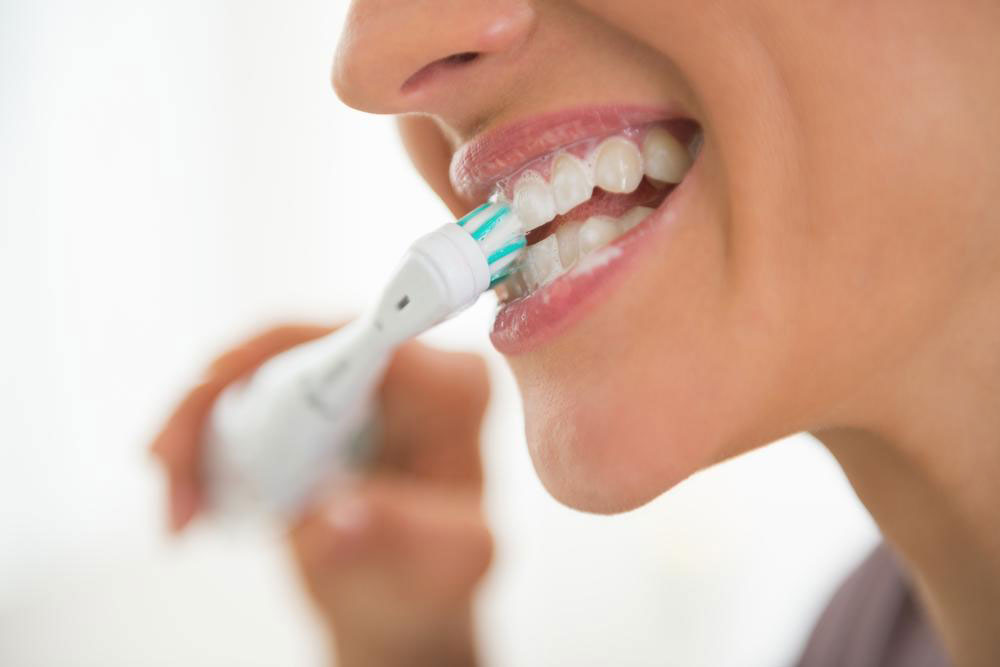Comprehensive Guide to Impacted Wisdom Teeth: Symptoms, Risks, and Treatments
This comprehensive guide provides detailed insights into impacted wisdom teeth, including their development, signs of eruption, associated risks, and treatment options like extraction. Learn how to recognize symptoms early and adopt preventative dental habits to maintain oral health and prevent complications from impacted third molars.

Understanding Impacted Wisdom Teeth and How to Manage Them
From the age of around six, children begin the process of losing their primary teeth to pave the way for their permanent adult teeth. This natural transition initiates with the front teeth—starting with the central incisors, followed by lateral incisors—and continues until most of the permanent teeth, including molars, have fully erupted. By approximately 13 years of age, the majority of these adult teeth have come through, except for a set of third molars known as wisdom teeth. These molars typically emerge much later, usually between the ages of 17 and 25 years old. The development and eruption of wisdom teeth can vary significantly among individuals. Some people may develop all four wisdom teeth without experiencing any complications, while others might only develop two, with the remaining two never erupting at all.
Predicting the exact development and eruption pattern of wisdom teeth is often challenging due to the high variability among individuals. Problems mainly arise when there isn’t enough space in the jaw to accommodate these third molars. If the jaw is too small or if the teeth erupt at awkward angles, impacted or partially erupted wisdom teeth may cause a variety of dental issues. These include persistent pain, swelling, infections, and inflammation, which can significantly affect daily life and oral health.
Potential Challenges in Wisdom Teeth Development
While wisdom teeth do not serve a vital function for most people, they can sometimes act as an additional set of molars, aiding in chewing. However, in many cases, the jaw is not large enough to allow proper eruption of these teeth, resulting in impaction. Some studies suggest that factors like vitamin K2 deficiency and inadequate breastfeeding during infancy could influence jaw development, possibly leading to insufficient space for wisdom teeth. Childhood dietary habits, particularly soft diets, may also impact jaw growth, affecting how these teeth develop later in life. When properly aligned and fully erupted, wisdom teeth typically cause no issues and may remain asymptomatic. But when misaligned or partially erupted, they can lead to complications.
Recognizing the Signs of Wisdom Teeth Eruption
Signs that wisdom teeth are emerging include pain at the back of the mouth, which may be confused with temporomandibular joint (TMJ) issues. Some individuals experience earaches or a sense of pressure on neighboring teeth as the wisdom teeth attempt to break through the gum line. Swelling, redness, or visible cuts on the gums can also indicate that these molars are erupting. Additionally, some people may experience bad breath or difficulty opening their mouths fully, which can be related to infection or inflammation caused by impacted wisdom teeth.
How to Manage Impacted Wisdom Teeth
Any persistent pain, swelling, or discomfort associated with the back of the mouth warrants a consultation with a dental professional. Impacted wisdom teeth pose risks beyond discomfort; they can develop cysts, tumors, and cause damage to adjacent teeth and jawbone over time. If left untreated, impacted wisdom teeth can lead to serious bacterial infections, decay, or even bone loss. To prevent these complications, dentists often recommend extraction of problematic wisdom teeth. This procedure is usually quick, minimally invasive, and can often be performed in a single visit. Post-operative recovery is typically straightforward, with most patients experiencing only mild discomfort which subsides within a few days.
In conclusion, understanding the development, signs, and management of impacted wisdom teeth is crucial for maintaining optimal oral health. Regular dental check-ups, early detection, and timely intervention can prevent serious complications and ensure a healthier, more comfortable smile for years to come.





